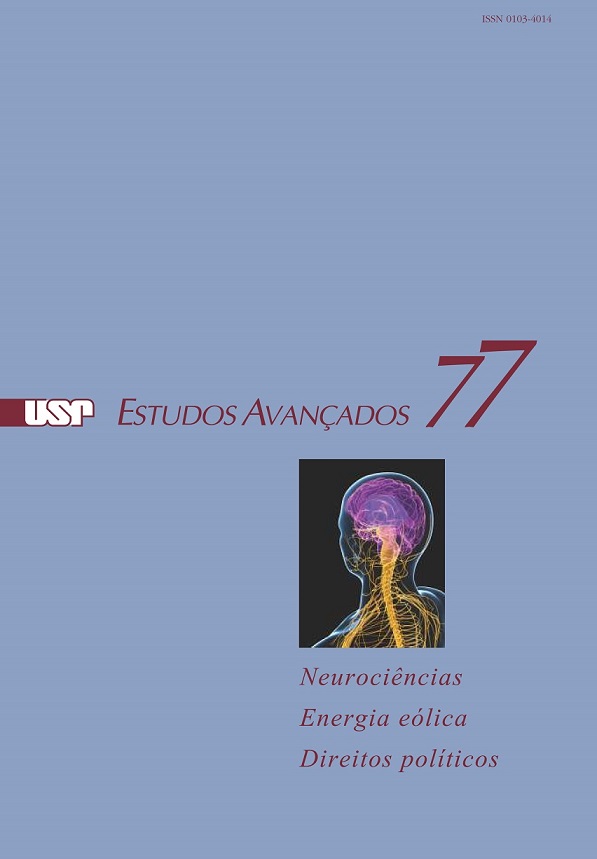A visão através dos contrastes
Keywords:
Contrast sensitivity, Spatial vision, Temporal vision, Visual parallel processingAbstract
The first step in the information processing of visual stimuli corresponds to foton counting by photorreceptor cells. In the post-receptoral steps, information on the stimulus absolute intensity is converted in comparisons between information coming from adjacent retinal areas or successive moments. This metrics implemented by the visual system to quantify the stimulus is called contrast - spatial or simultaneous contrast and temporal or successive contrast. Contrast is essential to the generation of conscious visual perception in the domain of space and time and in three orthogonal color dimensions - black and white, blue and yellow, and green and red. A Bell-shaped curve delimits the thresholds of contrast detection as a function of spatial or temporal frequency. It is called contrast sensitivity function and is affected by several optical and neural factors. Different classes of neurons contribute to different regions of the contrast sensitivity function and their activities represent the work of visual processing pathways that begin in the retina and end in the visual cortex. Basic and clinical investigations have given support to the importance of the study of luminance (black and white) spatial contrast sensitivity as a tool to evaluate the visual function in normal and subjects affected by neuro-ophthalmologic dysfunctions.Downloads
Download data is not yet available.
Downloads
Published
2013-01-01
Issue
Section
Neurociências
License
Estudos Avançados não celebra contrato de cessão de direitos autorais com seus colaboradores, razão pela qual não detém os direitos autorais dos artigos publicados. Os interessados em reproduzir artigos publicados na revista devem necessariamente obter o consentimento do autor e atribuir devidamente os créditos ao periódico.
How to Cite
Souza, G. da S., Lacerda, E. M. da C. B., Silveira, V. de A., Araújo, C. dos S., & Silveira, L. C. de L. (2013). A visão através dos contrastes . Estudos Avançados, 27(77), 45-60. https://www.journals.usp.br/eav/article/view/53952


